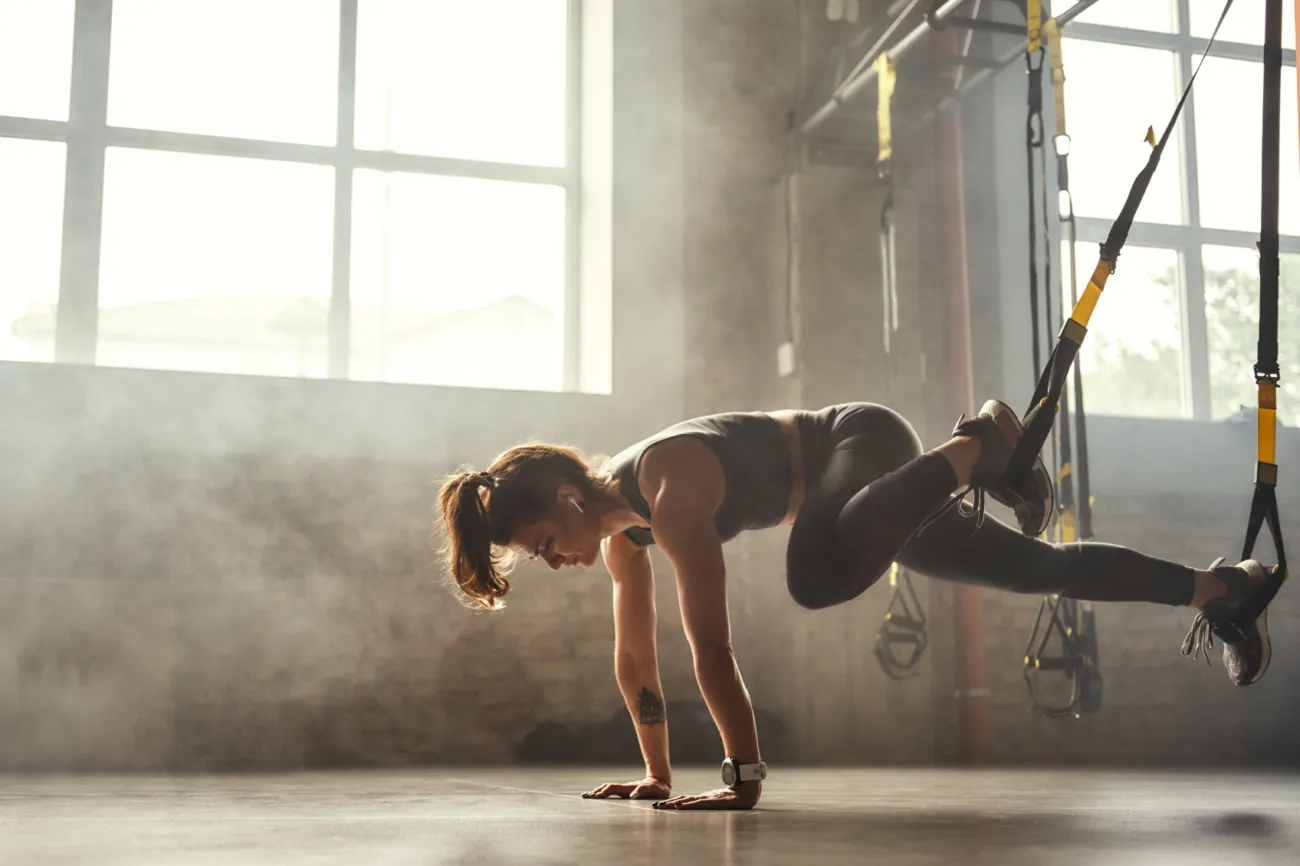This article will focus on a crucial aspect of martial arts training – body conditioning. By the end of this article, you will have the tools you need to hone your body into a weapon of power and grace capable of achieving your greatest martial arts aspirations. So, buckle up and get ready to unleash your inner hero – the Way of Martial Arts awaits!
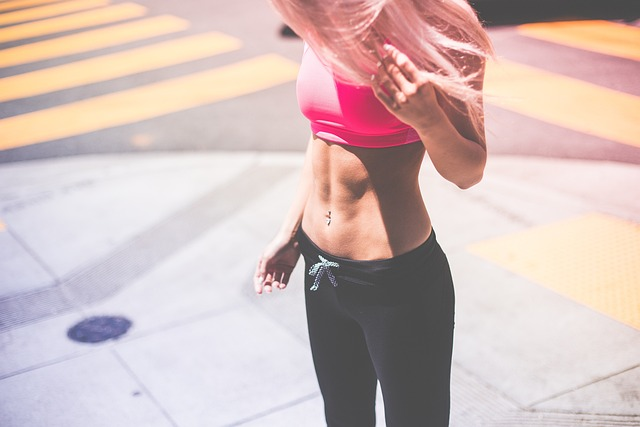
Definition Of Body Conditioning For Martial Artists:
Body conditioning refers to the exercise that develops well-rounded and full-body physical fitness to improve the condition of the body. Depending on the workout routine, body conditioning drills are designed to boost strength, cardiovascular fitness, and muscular endurance, but can also improve the levels of balance and flexibility.
In the world of martial arts, better body conditioning means better toughness and ability to eat shots, stronger strikes and greater chances of scoring a knockout victory, and better muscular endurance of your whole body in the later rounds.

In MMA, BJJ, or other martial arts that take part on the ground, conditioning training leads to better top control and improved chances of performing a sweep and ending up on the top. Better muscular strength means you’ll be able to roll quickly and take control of the trickiest situations when you’re evenly matched against a similar opponent.
You can train kung fu, Sambo, or any other martial art – a full-body workout routine with high-quality strength and conditioning exercises will guide you on your route to winning your weight class!
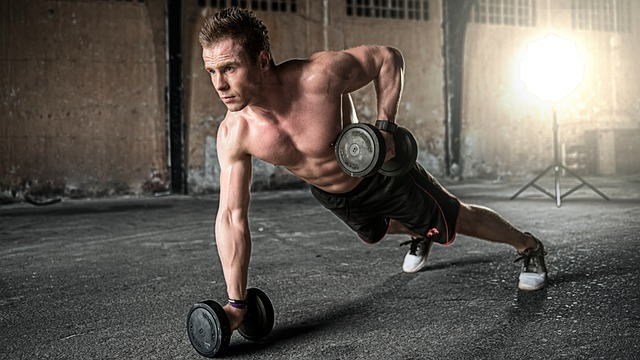
Importance of Body Conditioning For Martial Artists:
There are many examples where a great level of body conditioning plays a vital role. Let’s start with the most complex sport – mixed martial arts. More power means the improved ability to throw your opponent or hurt him with a big bomb, even when he retreats. The proper form of move matters, but a greater level of physical fitness improves your ability to land the fight-ending blow before the final bell.
Weight training matters in stand-up fighting styles too. In Taekwondo, you’ll land more powerful kicks. In boxing, your long-range and short-range punches are gonna hurt your foe badly. In Muay Thai, good cardiovascular fitness means you’ll be able to stand and bang for five rounds non-stop!
Resistance training adds one-punch knockout power, while aerobic exercises increase the level of endurance. If you train for fun, you might notice significant improvements in your cardiovascular health, which means you won’t waste money on meds and doctors!
Finally, a good level of entire body physical fitness decreases the chances of an injury. Every chain has a weak link. The majority of athletes hurt themselves because they neglect the importance of core strength training. Believe it or not, you can hurt your leg or arm when you lack in core power. Total body conditioning is one of the greatest ways to avoid injury.
Overview Of The Article:
This article will try to explain how body conditioning exercises lead to greater sports performance, and fewer chances of injury, and why you must monitor progress and make adjustments from time to time.
The upcoming article focuses on different types of body conditioning that will be discussed. From Russian twists to squat jumps, every drill refers to a specific move in the chosen martial art. You will learn many new movements and facts by reading this article. It’s time to focus your attention and activate your brain cells, as we’ll get to know you with the secrets of a flexible exercise program and workout routine!
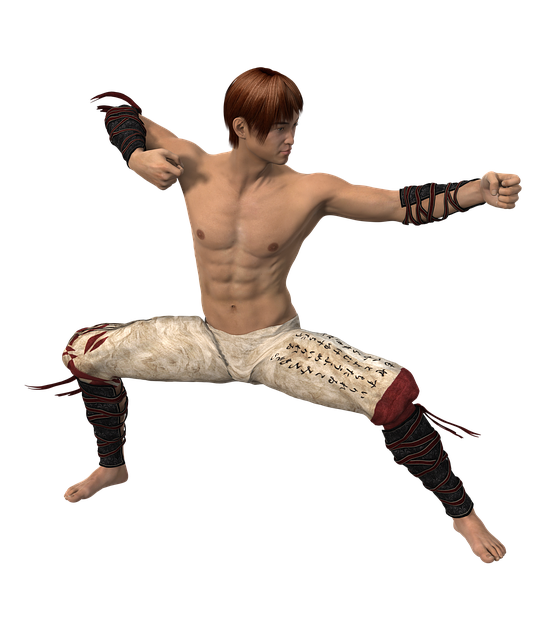
Understanding The Needs Of Martial Artists:
In stand-up martial arts, toughness and cardio play a vital role. On the ground, the technical aspect of the game matters, but when your gas tank is empty, it is empty! Cardio exercises are important, but a fighter who can take a beating has a greater chance of winning the combat!
Types Of Martial Arts:
A strong body matters in every single fighting style. I will try to elaborate on the difference between standing, ground, and combined martial arts.
Stand-up styles have their rules and regulations, but core strength training is vital for many reasons. In Karate, you land a stronger kick or punch with stronger obliques or abdominals. In Taekwondo, your spinning strikes will be pushed to the next level with maximized lower body and lower back strength. A good boxer must be able to eat big bombs to the body, especially in a 12-round match.
BJJ takes place on the ground, but you can’t sweep your opponent without strength training and strong abdominals and glutes.
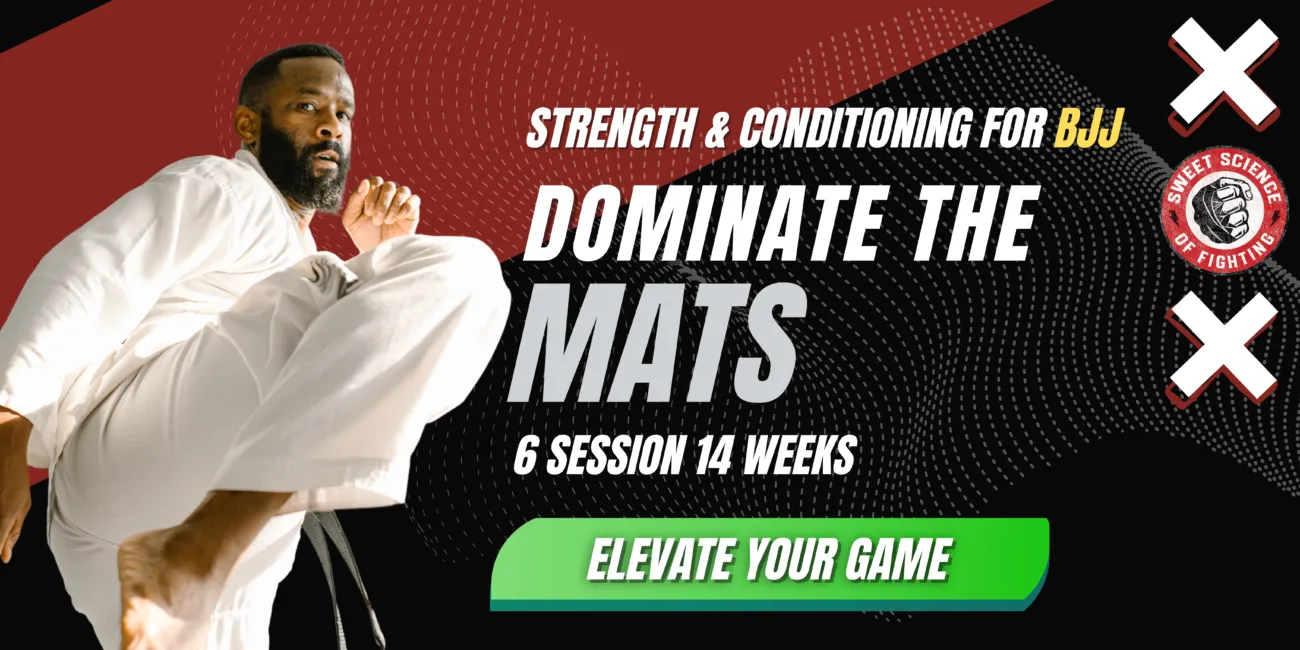
Wrestlers are known for their supreme power and ability to transition from defense to offense in a split of seconds. But body conditioning exercises help you turn potential into kinetic energy, slam your opponent to his back, and control him on the canvas.
Strength training matters in MMA too – control, takedowns, powerful stand-up bombs, and knockout strikes – bodyweight exercises are so critical!
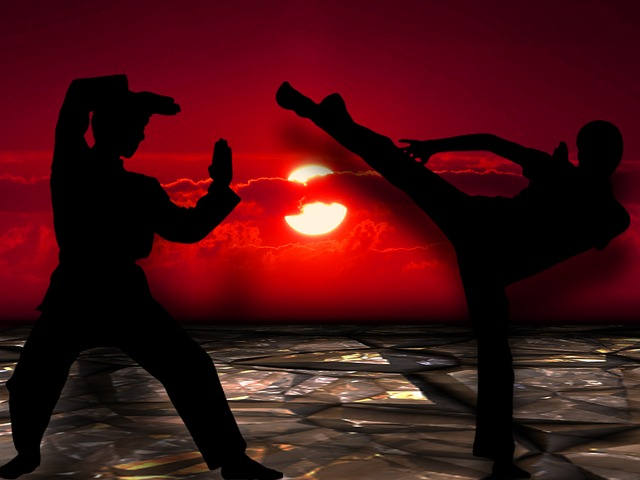
Physical Demands Of Different Martial Arts:
Some fighting styles are more focused on one strike, like Karate or Taekwondo. Reaction time, speed, and flexibility are crucial in these disciplines.
But when you take part in a fighting style where your goal is to knock your opponent out or finish him, like MMA, boxing, or Thai boxing, you need everything – strength training, speed, flexibility, footwork, cardio, body conditioning exercises, and muscular endurance – you name it!
Lack in one aspect of the game and you might lose the championship round and not win the title! You will see more high intensity interval training in styles that demand more toe-to-toe exchanges and less tactical aspect of the game.
Understanding The Body Mechanics:
Every style offers different movements. Taekwondo is based on kicks and controlling the central line, Karate is known for great long-range strikes, footwork, and angles, while boxing offers the most technical punches in the world and a lot of body movement.
MMA mixes everything up, so you’ll need an exercise program that covers all muscle groups and both basic and specific strength and conditioning drills.
When you understand how your body works, you will be able to create specific workouts and exercises that activate the most important muscles, plus you’ll know when and how to make adjustments for the greatest results!
Discuss the importance of understanding the body mechanics of each martial art and how this can inform a training program.
III. Essential Body Conditioning Exercises
An essential workout routine can help you build fundamental levels of stamina and strength, but it is useless in the later stages when you’re targeting the peak of your shape for a specific match. Yet, the essence is vital for a good form, better blood flow, more efficient heart rate, and full body strength.
Essential body conditioning exercises are just the bottom of the pyramid – the combination of an experienced personal trainer and your dojo teacher pushes you to the top of the division! Let’s get to know the basic variations and see how it works in fighting!
A. Cardiovascular Training:
- Running is a simple, efficient way to build cardiovascular endurance and is easily accessible to most people. Whether you run on a treadmill or outside, it can be a great addition to your martial arts training regimen.
- Jumping rope is another effective cardiovascular exercise that can help improve speed, coordination, and endurance. Very critical in boxing, but it can skyrocket your footwork in any fighting style.
- Swimming is an excellent cardiovascular workout that is low-impact and works the entire body. It is especially beneficial for those with joint pain or injuries. For example, imagine you can’t stand due to foot issues – no worries, foot pain signals will not disrupt your swim session!
- Skipping is a fantastic way to add more value to cardiovascular fitness, plus it improves coordination, speed, and local endurance. It doesn’t require equipment and it boosts your movement and angling.
- Jumping jacks are a great overall way to improve endurance and body conditioning. You will strengthen the critical muscles of your legs and torso via jumping jacks, which will lead to more durability during the fight.
- Mountain climbers are one of the best cardio physical activities when preparing for MMA combat, as it boosts your cardio on the ground and boosts your top control skills.
B. Strength Training:
- Weight lifting is a traditional way to build strength and is highly effective for targeting specific muscle groups. A personal trainer can shape your workout with the number of repetitions, loads, and training volume. Bench presses, deadlifts, squats or squat jumps – all those exercises turn you into a better fighter!
- Resistance bands provide a convenient and portable option for strength training and can target specific muscle groups or add resistance to bodyweight exercises.
- Calisthenics, such as push-ups, pull-ups, and squats, can be an excellent way to build full-body strength and improve overall fitness. Just don’t cheat, the full range of motion matters!
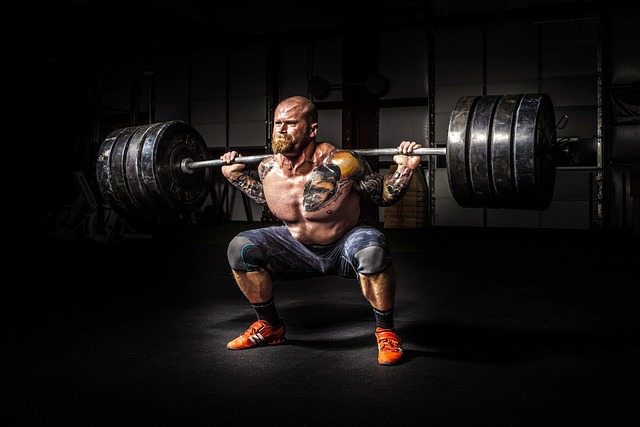
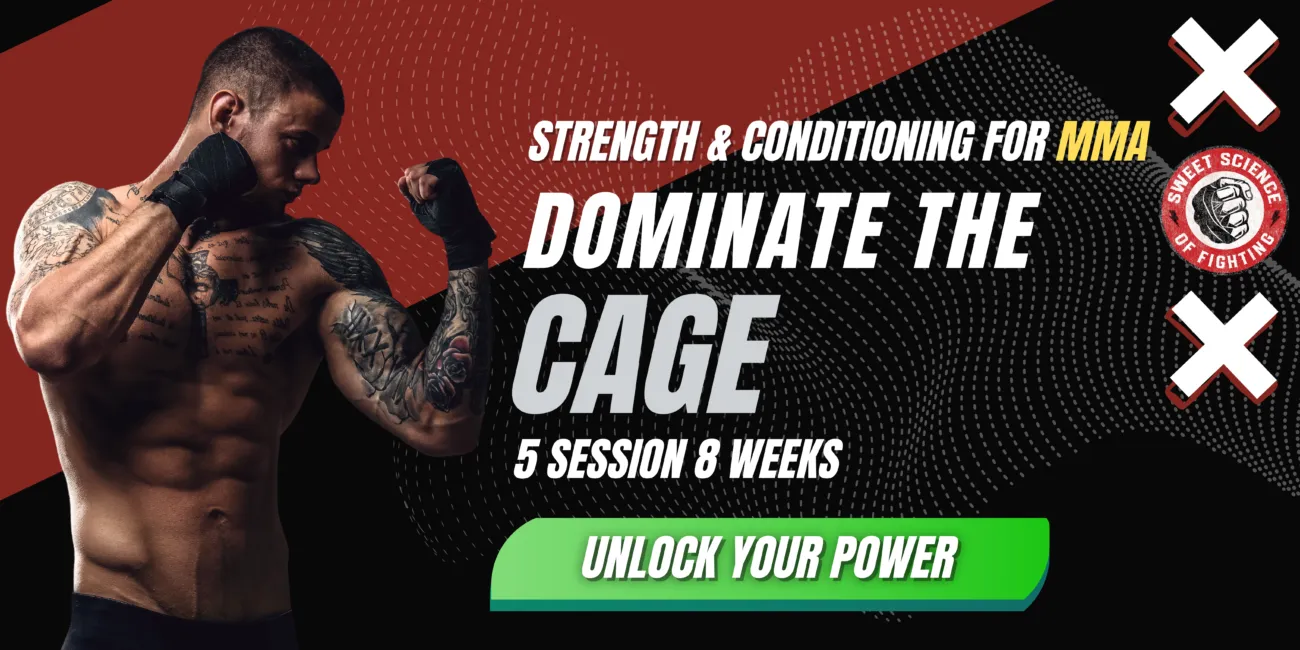
C. Flexibility and Balance Training:
- Stretching is a crucial component of body conditioning for martial artists. Regular stretching can help improve flexibility, prevent injury, and increase the range of motion. Dynamic flexibility increases the height of your kicks and helps you land unorthodox strikes, while static flexibility drills lead to plastic changes in your muscles. More dynamic stretching will turn you into a high kick machine or a flexible BJJ submission switch expert.
- Yoga is a great way to build strength, flexibility, and balance. It also has mental health benefits and can help improve focus and mindfulness.
- Pilates is a form of exercise that emphasizes core strength, balance, and flexibility. It is an excellent addition to any martial arts training program.
D. Core Training:
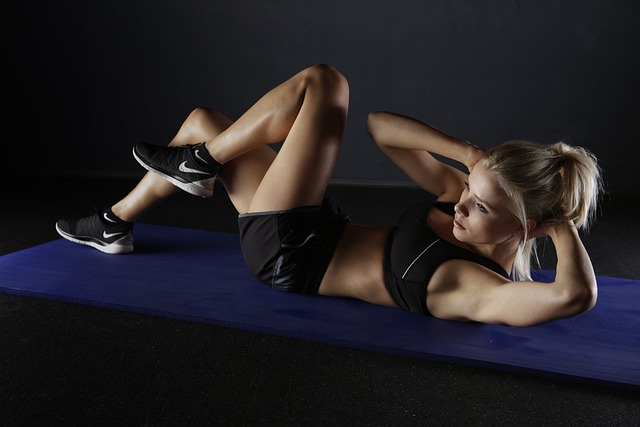
- Planks are a simple, effective way to build core strength and stability. They can be modified to increase the difficulty and target specific muscle groups. But it is one of the rare drills that cover almost every single muscle in the human body. Here is a hint – raise your right foot off the ground for a more difficult exercise.
- Russian twists are a great exercise for strengthening the obliques and improving core stability. Body rotators are very important for every single fighting style. Add a medicine ball for more difficulty.
- Leg raises are an effective way to target the rectus abdominis and build overall core strength. These exercises can be performed in various ways to increase the difficulty and target specific muscle groups.
- Fingers over knees are the ultimate king of total body conditioning for martial arts toughness. It puts your abdominal and neck muscles on fire, which leads to better core strength and the ability to eat more shots and instantly get up after wrestling throws.
- Supermans is one of the best body conditioning exercises that target deep back muscles and focus on the strength of the rear side of your body. This drill boosts your balance and helps you return the strike to the starting position faster, which leads to better speed and overall performance. You can modify the drill to target the whole body too.
Importance Of Warm-Up And Cool-Down:
Unfortunately, fighters sometimes want to train hard without a proper warm-up, so their body conditioning sessions turn into injury-risky pieces of training. It is very important to raise the temperature of your muscles before the activity and calm down your heart rate and muscle cells after the hard exercise.
The Role Of Warm-Up In Injury Prevention:
- The working muscle groups have to achieve the working temperature to prevent tendon injuries and enhance the supply of oxygen during exercises.
- A good warm-up also loosens your joints and improves the blood flow to the working muscles of one leg or arm that performs the exercise. It makes your muscles more resistant to tearing, ripping, or twisting in a harmful way.
- When you warm up properly, a greater length of stretch or force is needed to produce a tear – your body creates a defensive mechanism to avoid injury. For example, a portion of light stretching or dynamic stretching before a Taekwondo fight minimizes the chances of injuries when you throw high kicks.
Cool-Down Exercises To Improve Recovery:
- Cooling down speeds up recovery and reduces soreness after physical activities. The best way to cool down is a light session of running or static stretching (you must hold the position for 20+ seconds, this is non-negotiable).
- Do a portion of easy running or any other exercise for 5 to 10 minutes after your workout, it can also increase strength for the next training because it helps your body to heal and improves recovery for the next workout. You cannot build muscle with insufficient recovery.
- Walking or yoga are also acceptable. To maximize the cool-down effect, stretch your working muscles – for example, if you trained your legs in the gym, stretch your adductors, quads, glutes, hamstrings, and calves.
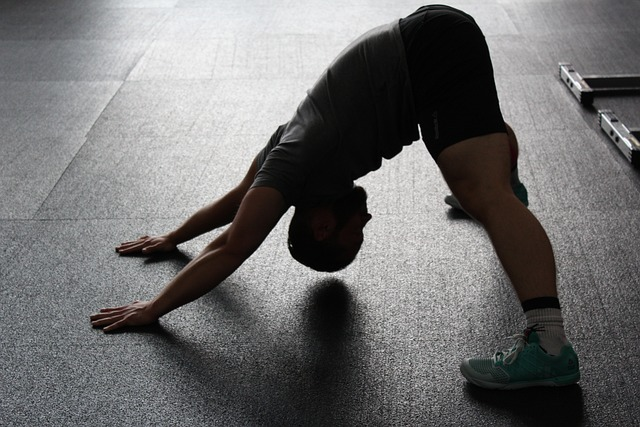
Integrating Body Conditioning Into Your Martial Arts Training:
Body conditioning is critical when you enter the fight, especially if you’re the type of fighter who constantly marches forward and eats numerous shots. You’ll be able to survive the onslaught and come out victorious after a bruised and battered war.
But how to maximize the effect of body conditioning exercises in the fight? Here are some pieces of advice.
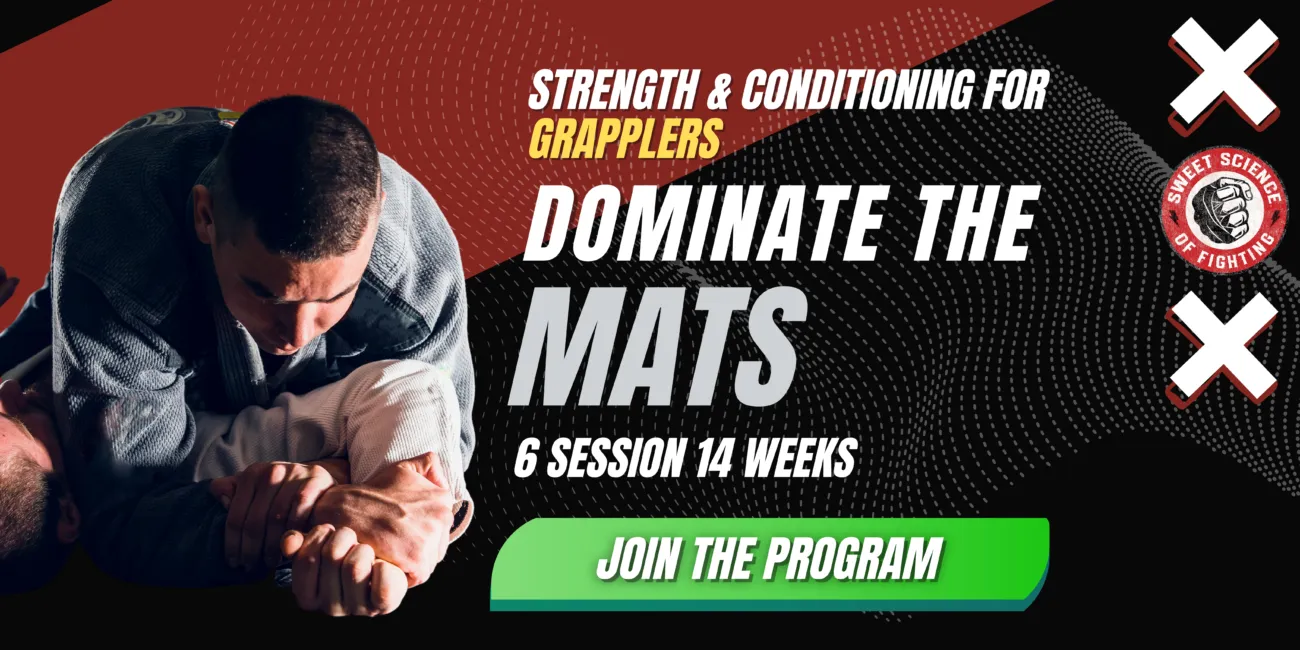
Setting Achievable Goals:
You must be realistic. If you kick properly at the level of your hip, do not expect high kicks after two months. You must create a program for enhanced hip mobility in the first place.
Pick aerobic exercises or bodyweight exercises that suit your current shape. Don’t set 100 squat jumps or 200 push-ups as a goal in one set, you’ll fall into depression. Your conditioning exercises should meet your current fitness level. Monitor your heart rate all the time.
Planning A Training Schedule:
Plan at least one week ahead. Set your goals for Monday, Wednesday, and Friday when you plan to train three times per day.
What will your exercise program improve? Which is your long-term strength and conditioning goal? What would you like to achieve with your workouts? Please answer all those questions on the piece of paper, and maybe hire a personal coach too.
Importance Of Rest And Recovery:
Try to sleep at least eight hours per day, and especially sleep at night. You must rest to build muscle groups, and let your entire body recover because of your hormonal response. Some hormones excrete at a specific time of the day or night, and it is essential for avoiding injury and promoting growth.
You don’t have time to sleep or kids won’t let you get a good night’s sleep? No probs, go to the sauna, hyperbaric chamber, or do cryotherapy. It will boost your cardiovascular health and prepare you for the new set of body conditioning exercises tomorrow.

Monitoring Progress And Adjusting Training:
You must adjust your body conditioning exercises as time goes by. If you were able to do one push-up at the beginning of your martial arts voyage and now you can do ten or twenty push-ups, it means you progressed.
Track your progress and refresh it from time to time with sets of specific bodyweight exercises for your chosen martial art. You will reach the plateau when you repeat the same drills over and over, and your performance will stop improving.
Recap Of The Importance Of Body Conditioning For Martial Artists:
Great body conditioning improves levels of toughness, cardio, local muscular endurance, strength, and power, and helps you dominate on the mats or inside the Octagon. Core muscles are vital for both stand-up and ground martial arts – these muscles participate in every single move your make.
Both resistance training and exercises that don’t require equipment are very important. Mix your workouts to get the best of your conditioning program, and consult a specialist when you have a dilemma. You should strengthen your whole body to maximize your achievements, but remember – a strong body and core make the difference when the two evenly-matched fighters square off!
Summarize the importance of body conditioning for martial artists and the benefits it can provide.
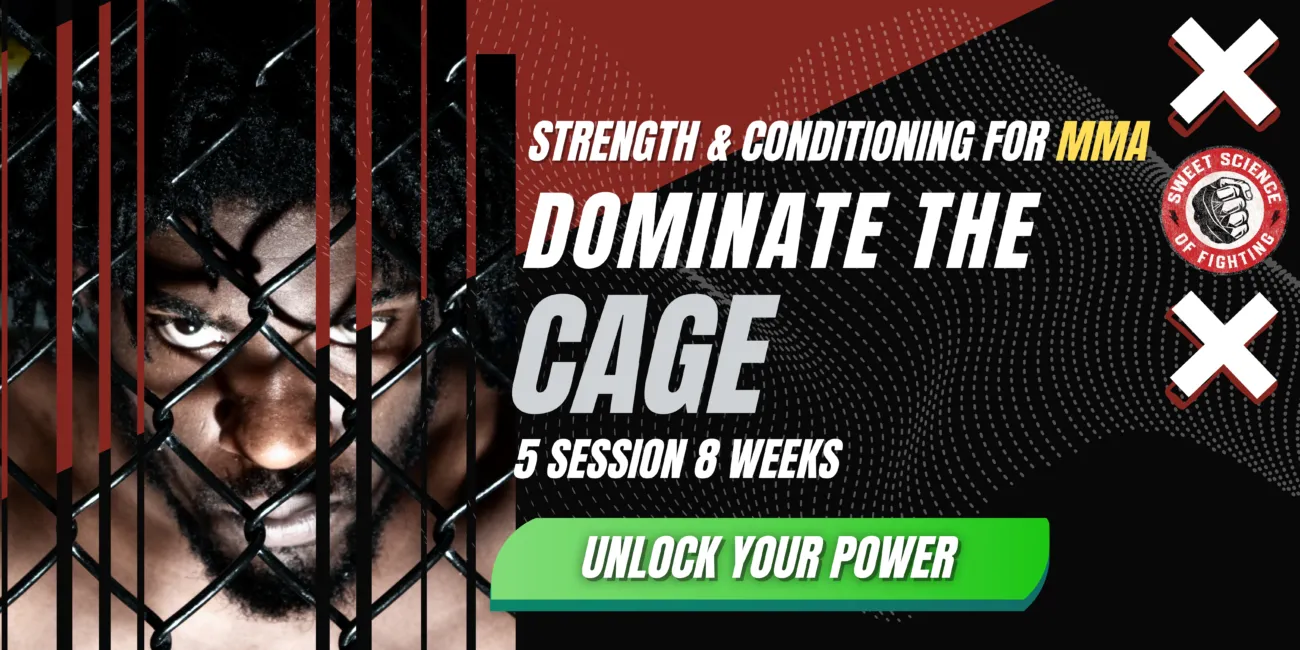
Final Thoughts And Advice:
Rome was not built in a day. Set your goals when you start training and never stop pushing. Be ready to do a set of body conditioning exercises at least every second day to maximize your results, and don’t skip training sessions.
The path of a martial artist is one of discipline, hard work, and never-ending improvement. Body conditioning is critical to this journey, helping you develop the strength, endurance, and flexibility necessary to excel in your chosen discipline. You can transform your body into a machine of power and grace through cardiovascular training, strength building, flexibility and balance work, and core training. Remember, progress is the result of small, consistent steps. Set achievable goals, plan your training, take rest seriously, and monitor your progress. You are the hero of your own story – keep pushing, keep striving, and never settle for less than greatness. The way of martial arts awaits, and you are ready to conquer it.
